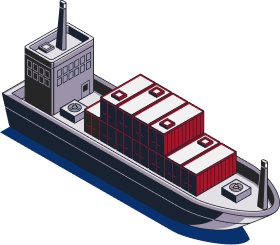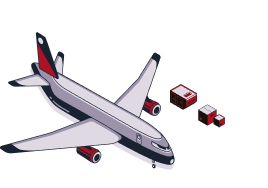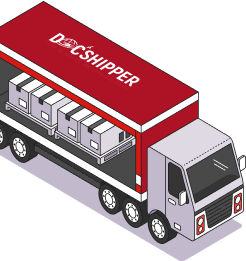Clear Your U.K. Imports with Peace of Mind
We simplify your customs procedures to ensure your goods enter the U.K. smoothly, without delays or unexpected costs. With years of experience and thousands of shipments cleared, DocShipper U.K. is your trusted partner for hassle-free customs clearance.
Customs Clearance in the U.K. and Europe A Key Step in Your Supply Chain
Customs duties, VAT, import licences… clearing goods into the U.K. can quickly become complex, especially since Brexit. Choosing the wrong process or missing a document can hold up your shipment for days and generate costly penalties.
With DocShipper U.K., you benefit from a service that covers every stage of the clearance process. We guide you on import licences, manage duties and VAT, prepare and submit all required documents, and coordinate directly with HMRC and border authorities to avoid bottlenecks.

Local and Global Presence
Having a strong local presence in the U.K. makes all the difference when clearing customs. Our team knows the specific requirements of HMRC, including import licences, sanitary and phytosanitary checks, and product-specific authorisations. Combined with our global network of customs brokers, we manage shipments across borders seamlessly, connecting the U.K. to major trade partners in the EU and worldwide. This dual expertise reduces delays and keeps your supply chain running smoothly.

Cost Reduction and Customs Risk Management
One of the most challenging aspects of customs clearance is anticipating charges and avoiding non-compliance. With DocShipper U.K., you gain full transparency on duties and VAT, currently 20% on most imports, so there are no surprises. We also help you take advantage of Free Trade Agreements (FTAs) and preferential tariffs where possible, lowering your overall costs. Our proactive compliance checks prevent fines, penalties, and unexpected expenses that could disrupt your operations.

Full Assistance with
All Your Formalities
If you don’t have the time or expertise to manage customs paperwork, DocShipper U.K. does it for you. We prepare and submit all the essentials: commercial invoices, import declarations, airway bills or bills of lading, packing lists, and certificates of origin. For regulated products such as alcohol, food, pharmaceuticals, or chemicals, we make sure that the necessary licences and authorisations are in place before clearance. By anticipating potential blockages, we prevent costly delays in your supply chain.
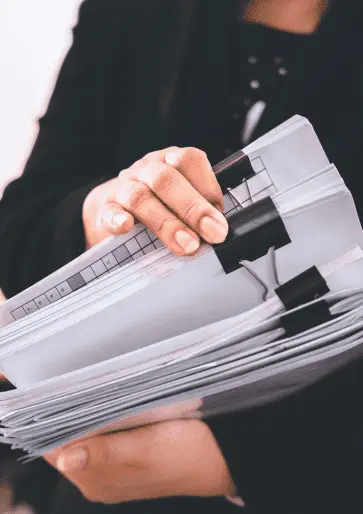
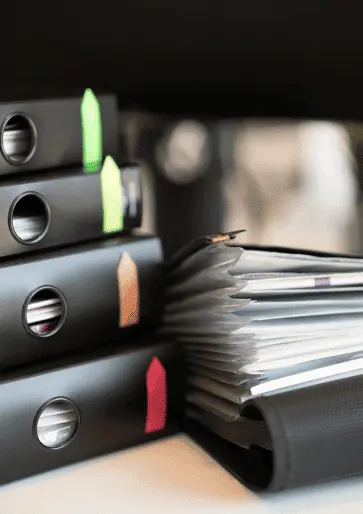
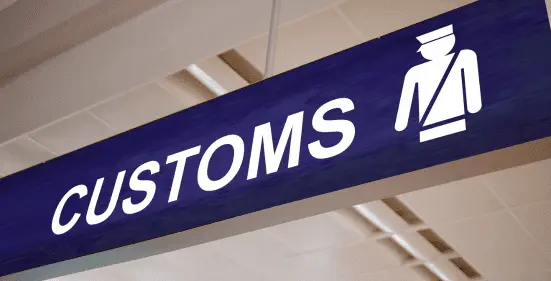
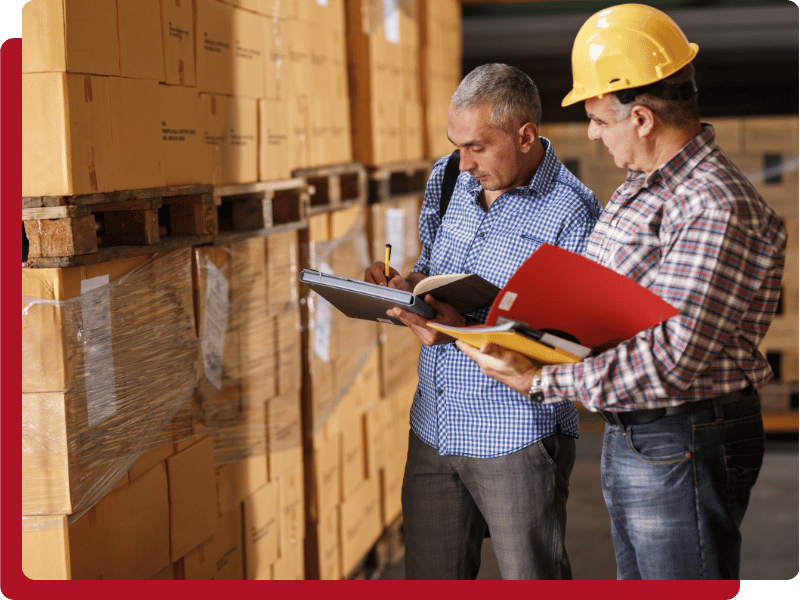
No Surprises, No Delays
In the U.K., even a small error, such as an incorrect HS code or a missing certificate, can delay your cargo for days. At DocShipper, we anticipate these issues before they occur, checking every document in advance. This proactive approach keeps your goods moving, avoids unnecessary costs, and ensures your supply chain stays on schedule.
Avoid Customs Overcharges with Optimized Management
Every shipment is unique, and so are its customs requirements. Our brokerage service identifies best practices and applies tailored strategies so you pay the correct duties, never more. For example, raw materials imported for processing and re-export may qualify for reduced tariffs. Essential goods such as medicines, medical devices, or certain food products often benefit from exemptions. Imports routed through U.K. freeports like Southampton, Teesside, and London Gateway enjoy tax advantages and simplified procedures. With DocShipper U.K., you maximise every available benefit while staying fully compliant.
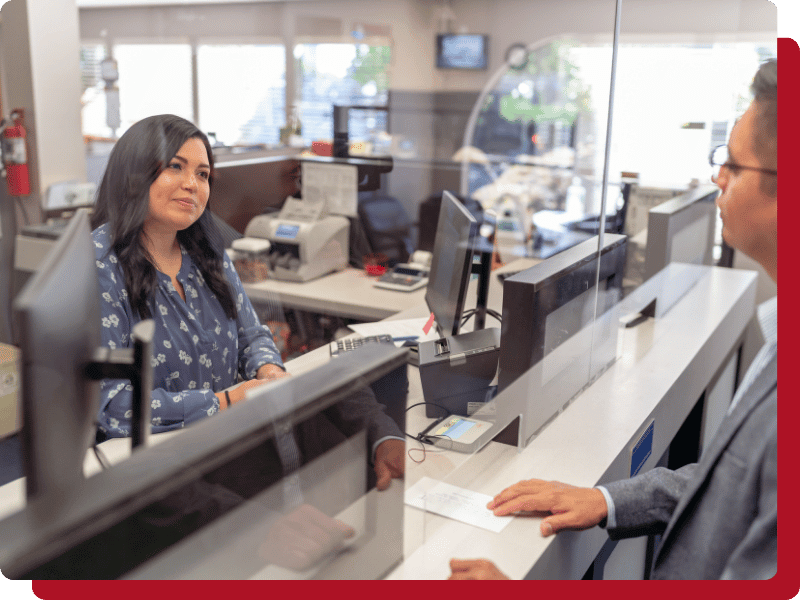
Need help clearing your goods through U.K. customs?
Our experts are here to reduce risks, save you time, and ensure your cargo moves without stress.
The Steps of your Customs Clearance in the U.K.
We carefully review and file all required paperwork, including import declarations, invoices, airway bills or bills of lading, packing lists, and certificates of origin. For goods requiring licences, such as alcohol, pharmaceuticals, or hazardous materials, we secure the necessary authorisations before submission.
Correct classification under the Harmonised System (HS codes) is essential. Our experts identify the right codes for your products, ensuring accuracy in documentation and duty calculation.
HMRC calculates duties and VAT based on your cargo’s classification and CIF value (Cost + Insurance + Freight). With our knowledge of FTAs and tariff relief schemes, we help reduce or eliminate these charges where possible.
Certain shipments may undergo inspection to verify compliance with U.K. regulations, such as labelling, health and safety standards, or sanitary rules. We coordinate with customs officers to streamline the process and minimise delays.
Duties and VAT must be paid before your cargo is released. We manage the entire process on your behalf, ensuring payments are made correctly and on time.
Once all documentation is validated and payments are processed, your shipment is cleared. We then organise immediate onward transport to your warehouse, distribution centre, or final customer.
Our service continues after release. We review all records to confirm compliance, minimising the risk of future penalties and ensuring smoother clearance for your next shipments.
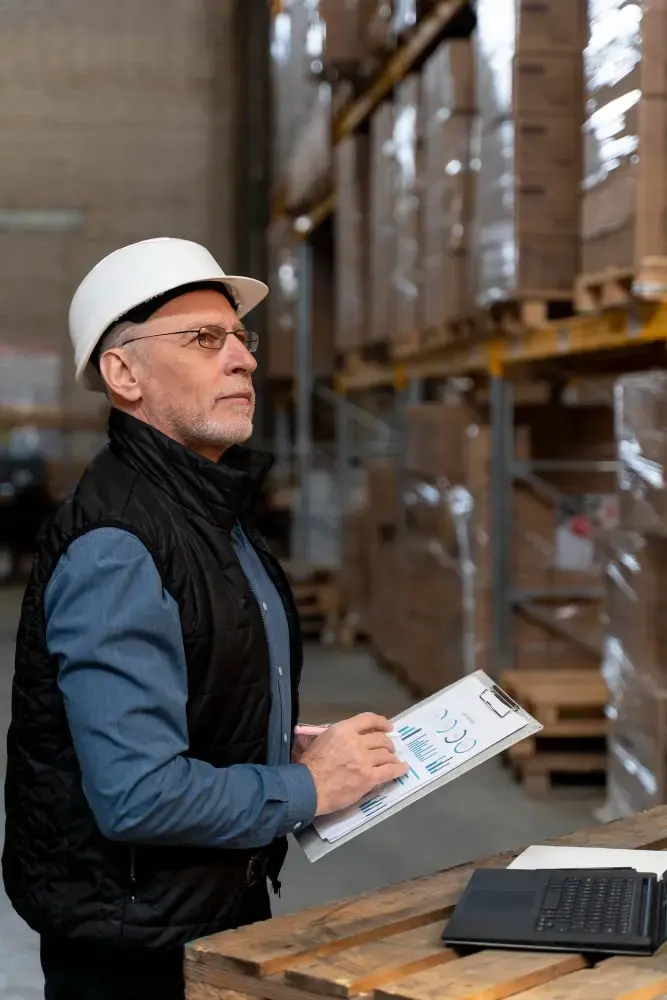
Our Achievements
6100 +
Clients9200 +
Operations230 +
K CBM Chartered4.8 +
Customer SatisfactionClients Testimonials
We can't make this up, read why businesses are trusting us with their shipments every day.
I contacted DocShipper to organize the import of board games from Asia to Switzerland. Despite my lack of experience in the field and the modest size of my request, my dealings with the staff were always professional and efficient. I received sound advice and the staff always took the time to answer my questions. I look forward to working with DocShipper for the import of my goods and highly recommend their services.
Mavrik Grangier
December 10, 2024My name is Ad Van Den Bosh. I am a Dutch business man cross-trading in the Far East. I reached Robert Houwayek (DocShipper's representative) to clear a 40HC of greenhouse equipment from Qingdao, and deliver it to Lan Krabue in no time. He suggested that I request a Form E, which I did from the supplier, and was able to enjoy a preferential tariff treatment. DocShipper, a way to help you save both time and money!!
Ad van den Bosch
March 5, 2024I recently used Docshipper to ship my appliances from Germany to Thailand, and I'm thrilled with the service I received! [...]The team was professional, responsive, and kept me informed every step of the way. The packaging and handling of my appliances were top-notch, and they arrived in perfect condition. I was impressed with the attention to detail and care taken to ensure a safe and successful transport. I really recommend Docshipper for it.
Chemmie Chatuphorn
November 28, 2024In the event of goods being stuck at customs, Robert [...] is a customs broker you should arguably consider to release your cargo. Once I knew that my scale modeling tools coming from Spain are being withheld at Suvarnabhumi Airport, I resorted to him to release it and handle the last mile delivery. All what he asked me is to send 2 emails to be able to do it! [...] Well guess what, within 48 hours, it was done! I got my parcel at my place in Phuket.
Chan chan
Mar 5, 2024A vice president caught up in the thick of thin things, an EXW shipment of plumbing supplies for irrigation from Eureka California to Costa Rica is definitely not what I’d like to have on my agenda. Robert’s hang-in-there posture toward any arising challenges in shipping. [...] skillfully handled all US export formalities incl. SED/AES filing, not to mention the sea freight from Oakland POL. Everything ended up working out like a charm!
Dave Sheppard
July 10, 2024I feel they covered everything. DocShipper shipped a 20- ft Milvan overseas to Laem Chabang for a customer. The team was responsible for shipping the shipping to another country. Having very little knowledge in this area, I didn't know how to organise myself . One week after my arrival on the Asian continent. Marc O. Was available at all times and nearly instant feedback. Made a stressful event much easier and he definitely knows his job.
Anonymous, Indiana
Aug 9, 2023Complete Supply Chain Management
Our customs clearance services can be booked independently or integrated into DocShipper U.K.’s full suite of logistics solutions, including sea freight, air freight, road transport, and door-to-door services.
4 more reasons
to choose us
No Hidden Fees
We provide clear, transparent quotes from the outset, no unpleasant surprises later.
Presence in All Ports and Airports Worldwide
From Felixstowe to Southampton, Dover to London Gateway, and Heathrow to Manchester Airport, we are present at all major U.K. logistics hubs.
Strong Relationships with Local Customs
Our established connections with HMRC and border agencies speed up clearance and reduce risks.
A Single Point of Contact
One dedicated expert follows your shipment from start to finish, ensuring smooth communication and personalised support.
